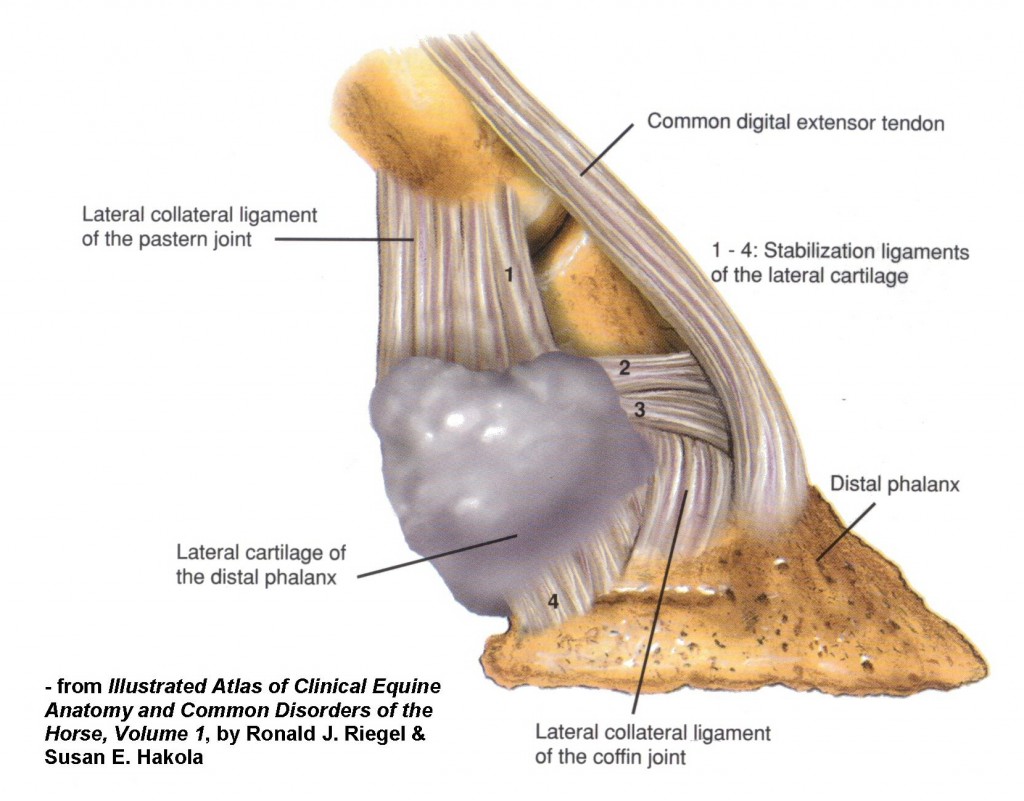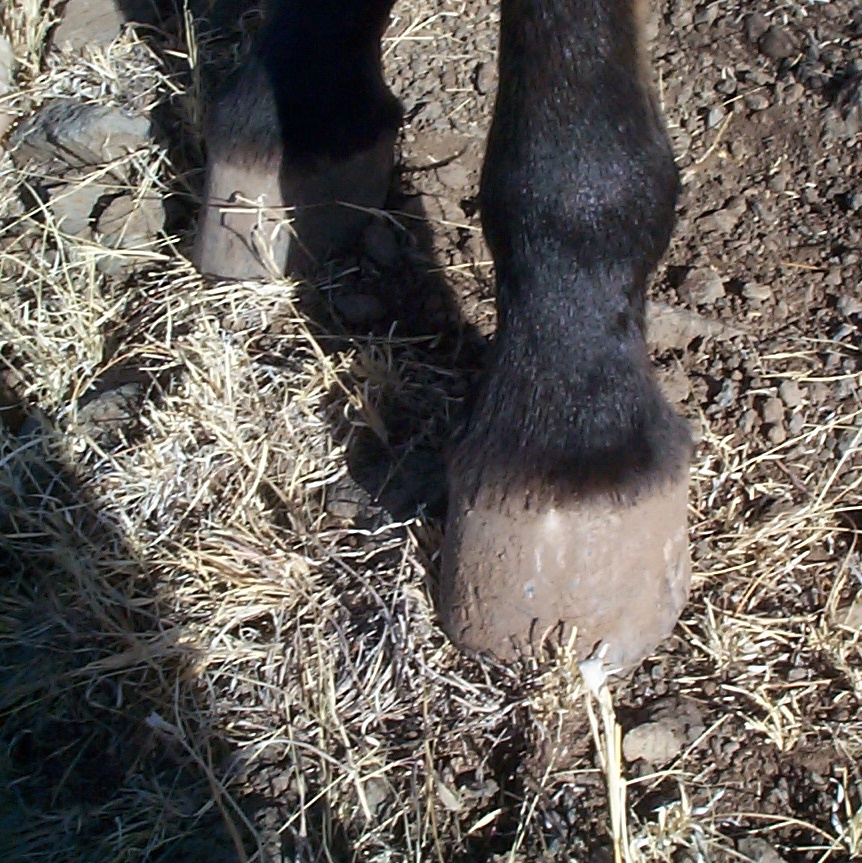It’s not unusual these days to hear horse owners, farriers, and even veterinarians talk about so-called “natural” approaches to a wide variety of equine health and management topics, including vaccinations, deworming, feeding, and hoof care. Since (as I explained in my first post) my equine expertise lies primarily in the area of hoof care, that’s the only one of these I’m qualified to discuss. Hopefully, any advice you’re taking regarding any of the other issues is coming from someone equally well-educated in that particular discipline, and not just the ramblings found on so many websites! After all, a lot of folks (from altruistic to opportunistic) have eagerly jumped on the “natural” bandwagon without any credentials or data to support their claims. As usual, caveat emptor!
Sometimes it’s more effective to describe something by giving guidelines about what it isn’t, rather than describing only what it is. When educating horse people in any of the myriad circumstances in which I find myself, I always try to impress upon them that true natural hoof care is never a matter of simply removing the horseshoes and trimming the hooves as if they’re about to receive another shoe; there’s nothing even remotely “natural” about that type of trimming! Yet, that remains an extremely popular misconception. For example, I had an opportunity to speak with a horse owner the other day who described how her friend’s horse, who had been without shoes for quite a while, has developed sidebone. Sidebone, for those who may not be familiar with it, is ossification – the conversion of cartilage to bone – of one or both of the two so-called lateral cartilages. These fairly large, vertical plates of cartilage are found at the rear of the hoof on either “side” of the coffin bone, as can be seen in the following illustration –
These cartilages are normally fairly pliable, like a stiff pencil eraser; if you put your hand across the two “bumps” found at the top, rearmost part of the foot and gently squeeze, you’re flexing the lateral cartilages. But repeated unilateral concussion (meaning primarily on one side) hastens the ossification process. And so it was completely predictable when the horse owner went on to tell me that it appears her friend’s horse has been trimmed to leave one heel quite a bit longer than the other. This is something farriers do on a very regular basis, allegedly to “correct” conformation “problems.” Regardless of whether or not you believe it can possibly fix a twist in a limb that originates in the shoulder or hip (trust me – it can’t), it definitely creates a source of unilateral concussion which sets the horse on a path towards developing sidebone and ringbone (more about that one later). The fact that there’s no shoe on top of the unbalanced trim does not make this “natural hoof care.” It only means the situation is not quite as dire as it would be if a shoe were added to the mess, because a shoe would further increase the concussive forces as well as completely defeat any chance of the horse wearing off the uneven trimming. Again – merely being without shoes is but one step towards true natural hoof care. You can still have exactly the same disastrous consequences to your horse if the hoof care provider doesn’t fully understand what he/she is doing.
When it comes to hoof care, “natural” can be defined only one way: natural hoof care is hoof care done in complete accordance with what nature demonstrates to be true about the hoof and the forces that shape it. Indeed, nature’s name is…”physics.” Friction, mass, inertia, centripetal force, levers, equilibrium – all of these concepts, and many more, come into play when trying to grasp the realities of what makes a hoof successfully perform its primary function of facilitating movement while protecting its sensitive inner structures. There are, of course, other important roles the hoof plays in the life of the horse, but if the principal objective of efficient movement while protecting is honored, the rest will follow – naturally!
I’ll have to get into the specifics of the characteristics of a properly-trimmed hoof (whether by nature or by human) at a later time, but for now, consider what the effects of traveling miles every day over extremely abrasive terrain would be on a hoof, such as the ones shown in the following photo I took of a horse on Tomas Teskey’s ranch in Arizona –
Under these circumstances there can be no question of proper balance, since, with every step of the horse, his way of going on the rough ground will shape his hooves for optimal efficiency without compromising his comfort. There will be no excessive length, and no sharp edges to be found.
Since most of our horses aren’t fortunate enough to be kept in arid, 100-acre “paddocks” like those at Dr. Teskey’s, we must make up the difference by trimming for those same characteristics as if they were. That, coupled with proper diet and adequate movement, will ensure the healthiest, most problem-free feet possible.
And that is the essence of natural hoof care. If your hoof care professional is doing anything else – anything contrary to what your head and your gut tell you is true – he or she is not providing hoof care that’s in your horse’s best interest.
Caveat emptor!

